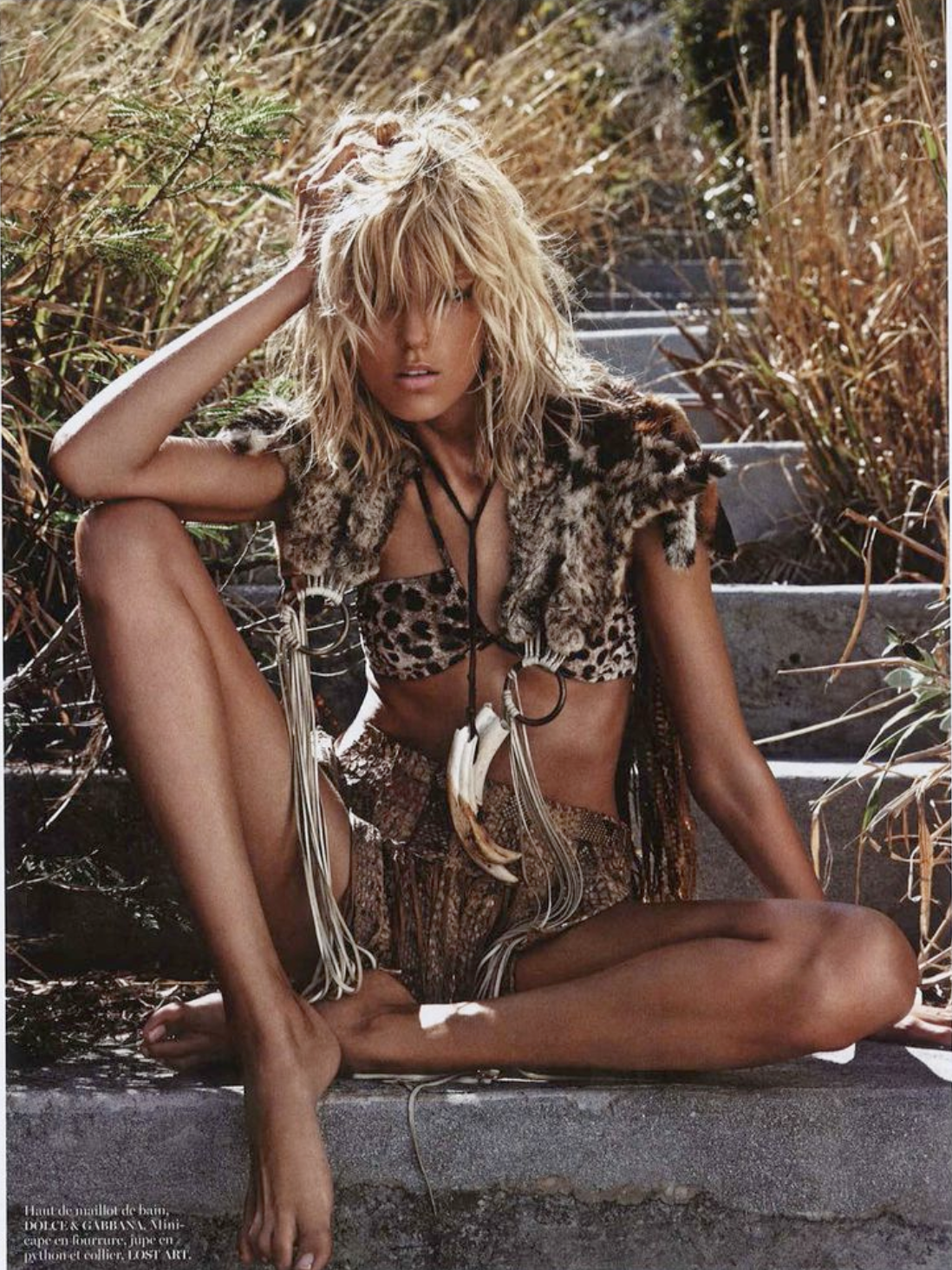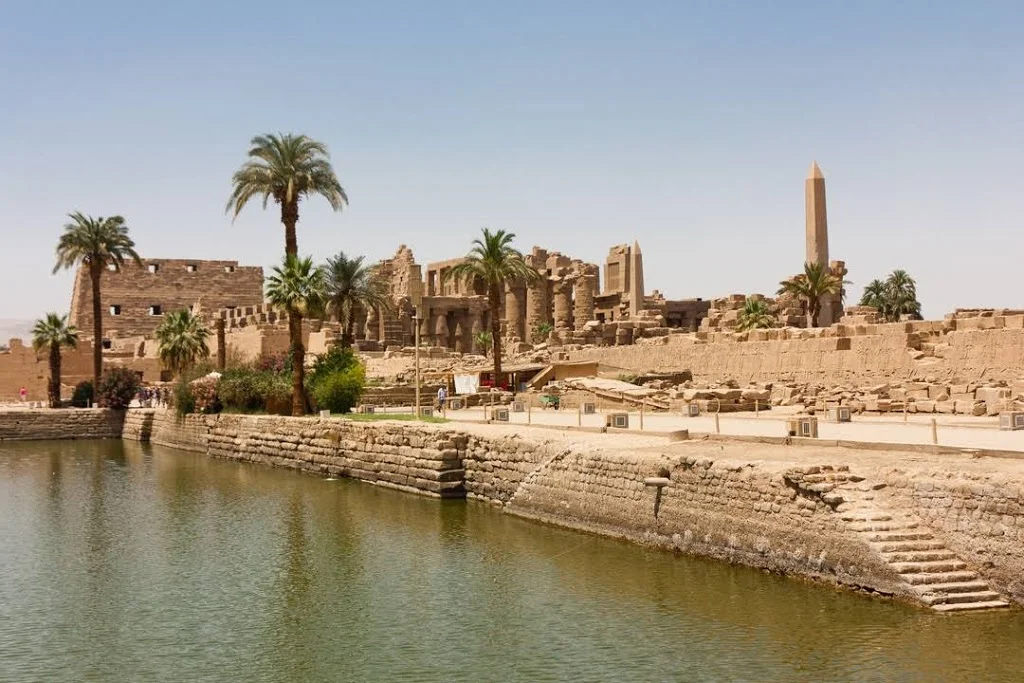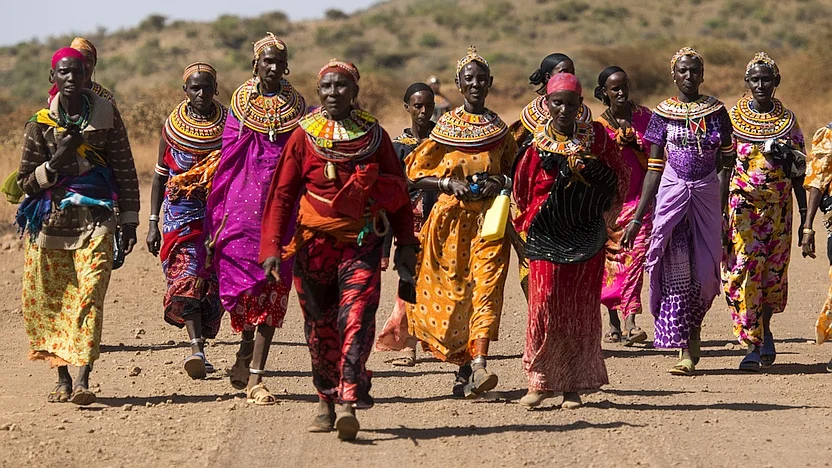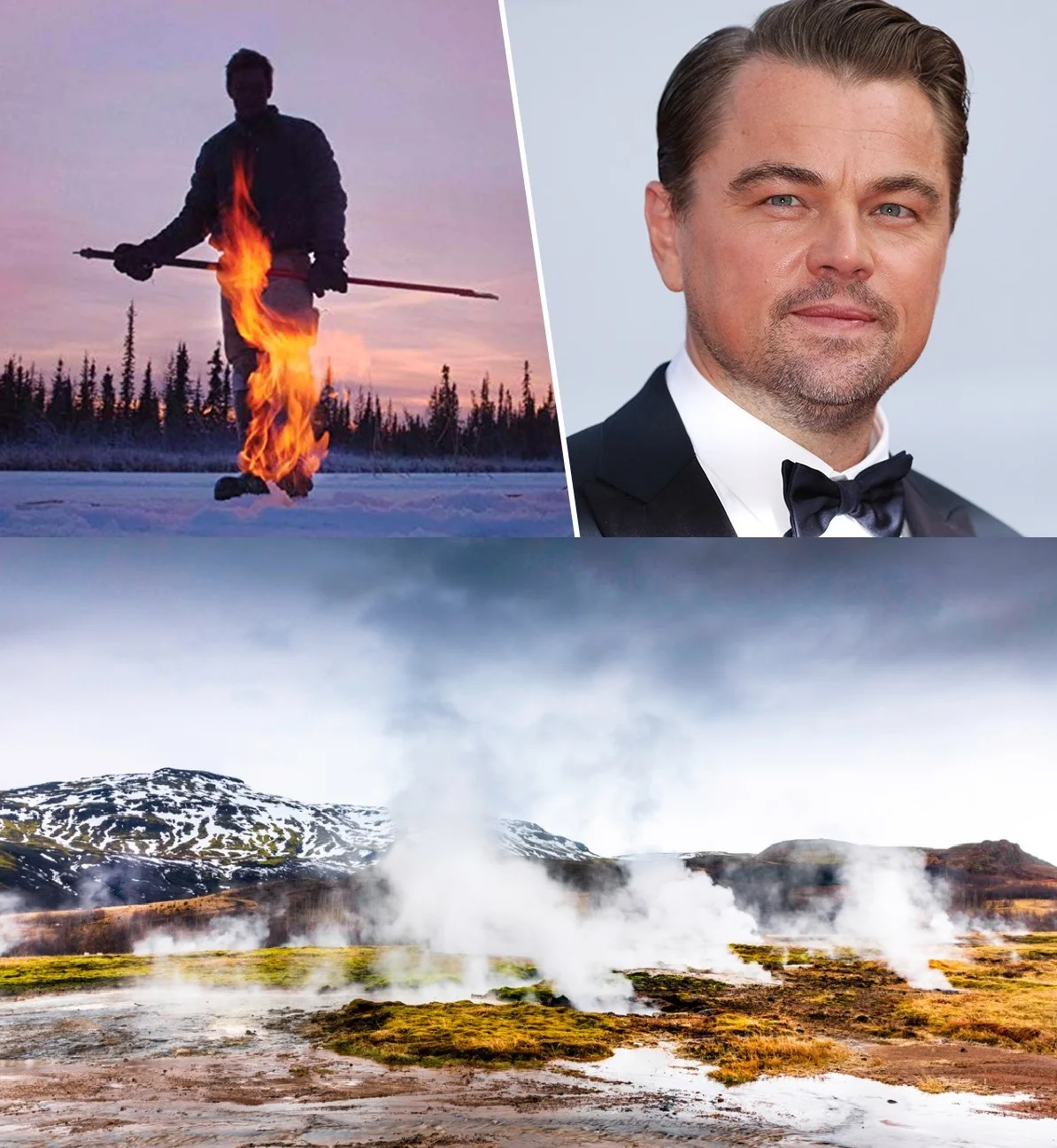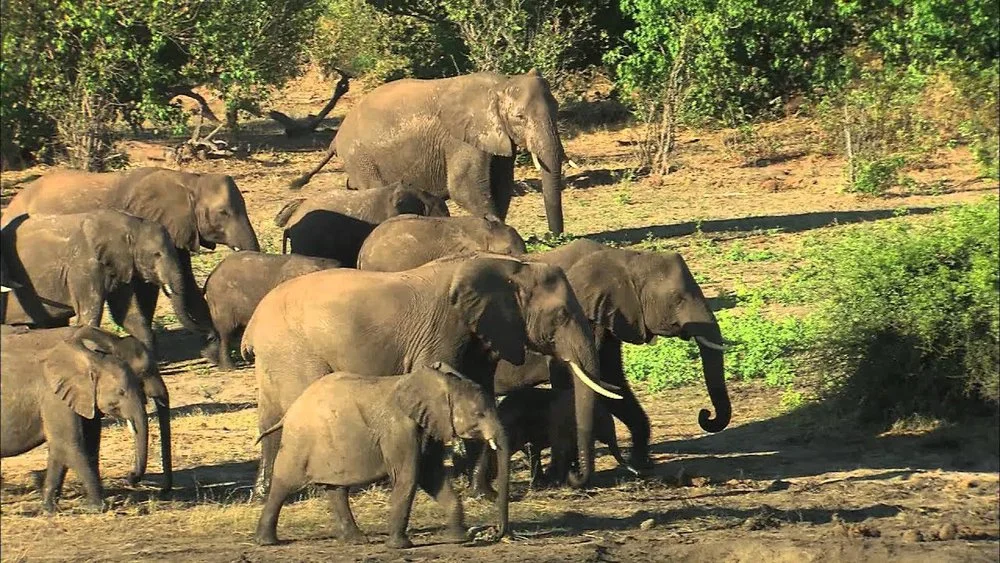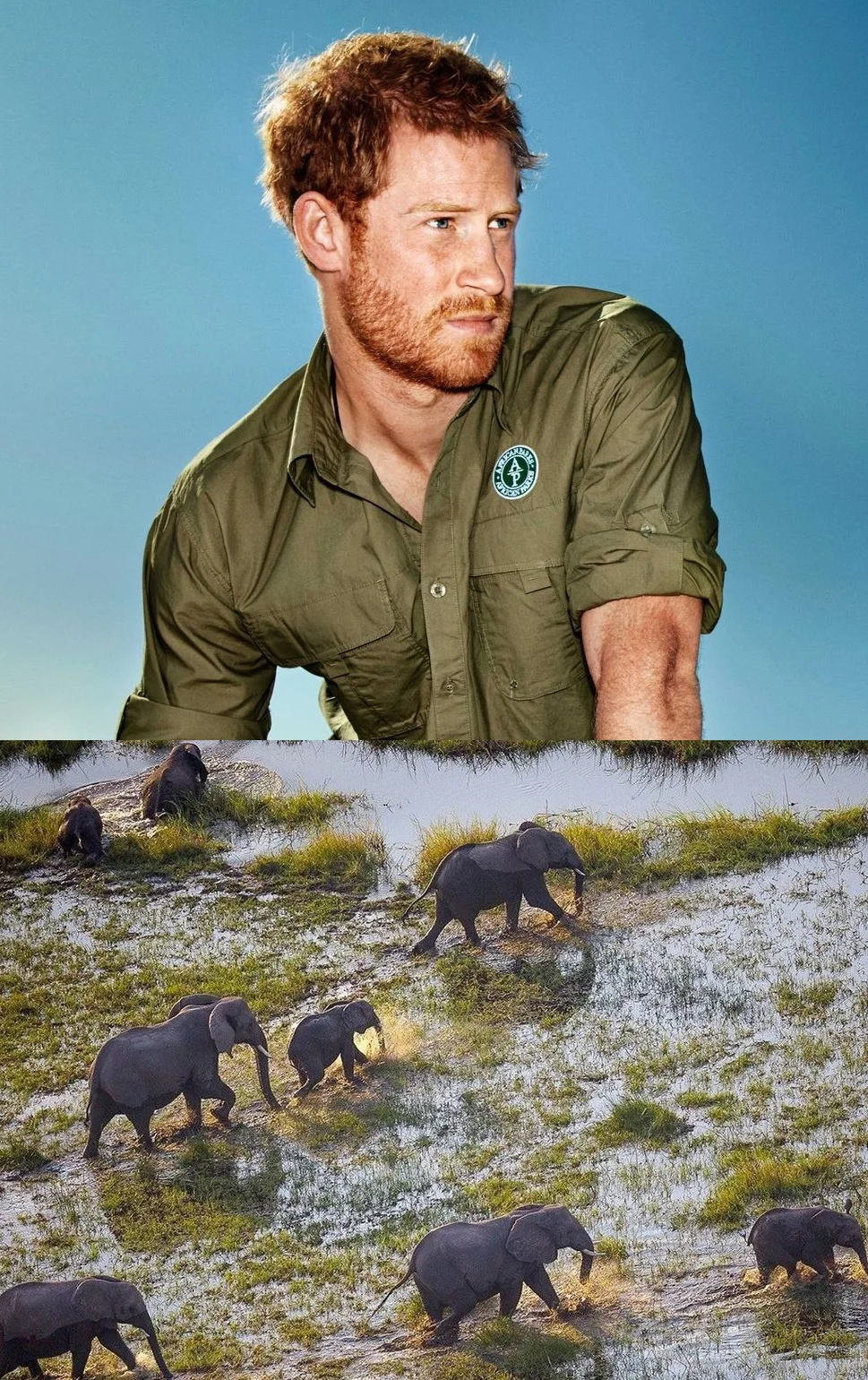Smithsonian Acquires Tyler Mitchell's Beyoncé Portrait for Vogue US September 2018
/Smithsonian Acquires Tyler Mitchell's Beyoncé Portrait for Vogue US September 2018
Photographer Tyler Mitchell shares a spectacular piece of news about an image from his September 2018 Beyoncé cover editorial. In an embarrassing acknowledgement of racism in the fashion industry, Mitchell became the first African American photographer to shoot the cover of Vogue in its 125-year history.
Clearly, positive energy infused Mitchell’s editorial from every direction, so much so that one of his Vogue images has been acquired into the Smithsonian’s National Portrait Gallery’s permanent collection in Washington, D.C.
The selected photo sees Beyoncé on location just outside of London, wearing a sequin-covered Valentino dress and exuberant Philip Treacy London headpiece.
“A year ago today we broke the flood gates open,” Mitchell wrote of the news on Instagram. “Since then, it was important to spend the whole year running through them making sure every piece of the gate was knocked down.”
As a concerned photographer, who is socially and politically engaged, Mitchell sees the Beyoncé shoot as an empowerment opportunity
“We’ve been thingified physically, sexually, emotionally. With my work I’m looking to revitalize and elevate the black body.”
We share the entire editorial in celebration of Mitchell’s growing success, Queen Bey herself, and the New Day society global citizens desire.



